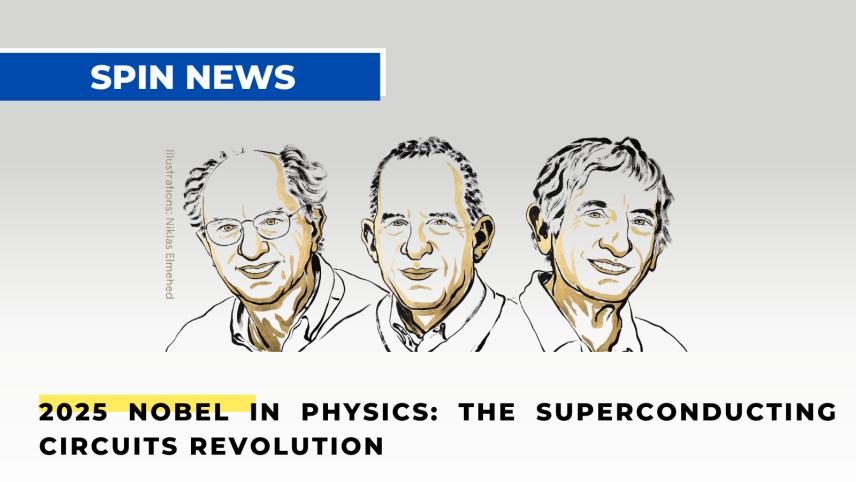Scientists J. Clarke, M. H. Devoret, and J. M. Martinis were recently awarded of the Nobel in physics "for the discovery of macroscopic quantum mechanical tunnelling and energy quantisation in an electric circuit".
With their work in 1985, Nobel laureates demonstrated macroscopic quantum tunnelling by relying on two superconducting pieces separated by an insulating region, the so-called Josephson junction. By proper noise control, they were able to demonstrate also the discrete nature of energy levels in the superconducting circuit, showing the macroscopic analogy of an atom's spectrum.
This discovery lay the ground for the field of superconducting electronic circuits, whose countless applications are at the basis of up-to-date quantum technologies. The same existence of superconducting quantum bits, at the heart of developing quantum computers, is deeply linked to the work of Clarke, Devoret and Martinis.
Superconducting electronic circuits largely impacted all quantum technologies, ranging from quantum computing, quantum communication, and quantum sensing, extending also to very diverse fields like engineering of topological states or detection of ultra weak signals for dark matter purposes by exploiting Josephson parametric amplifiers.
Several activities currently running at CNR-SPIN in the Area 3: Quantum Science and Technology are tightly connected to the 2025 Nobel in Physics, and this prize will surely inspire new efforts and research in the application of quantum principles for future worldwide technologies.
More information:
Nobel Prize in Physics 2025. NobelPrize.org https://www.nobelprize.org/prizes/physics/2025/summary
https://www.nobelprize.org/uploads/2025/10/popular-physicsprize2025-2.pdf
